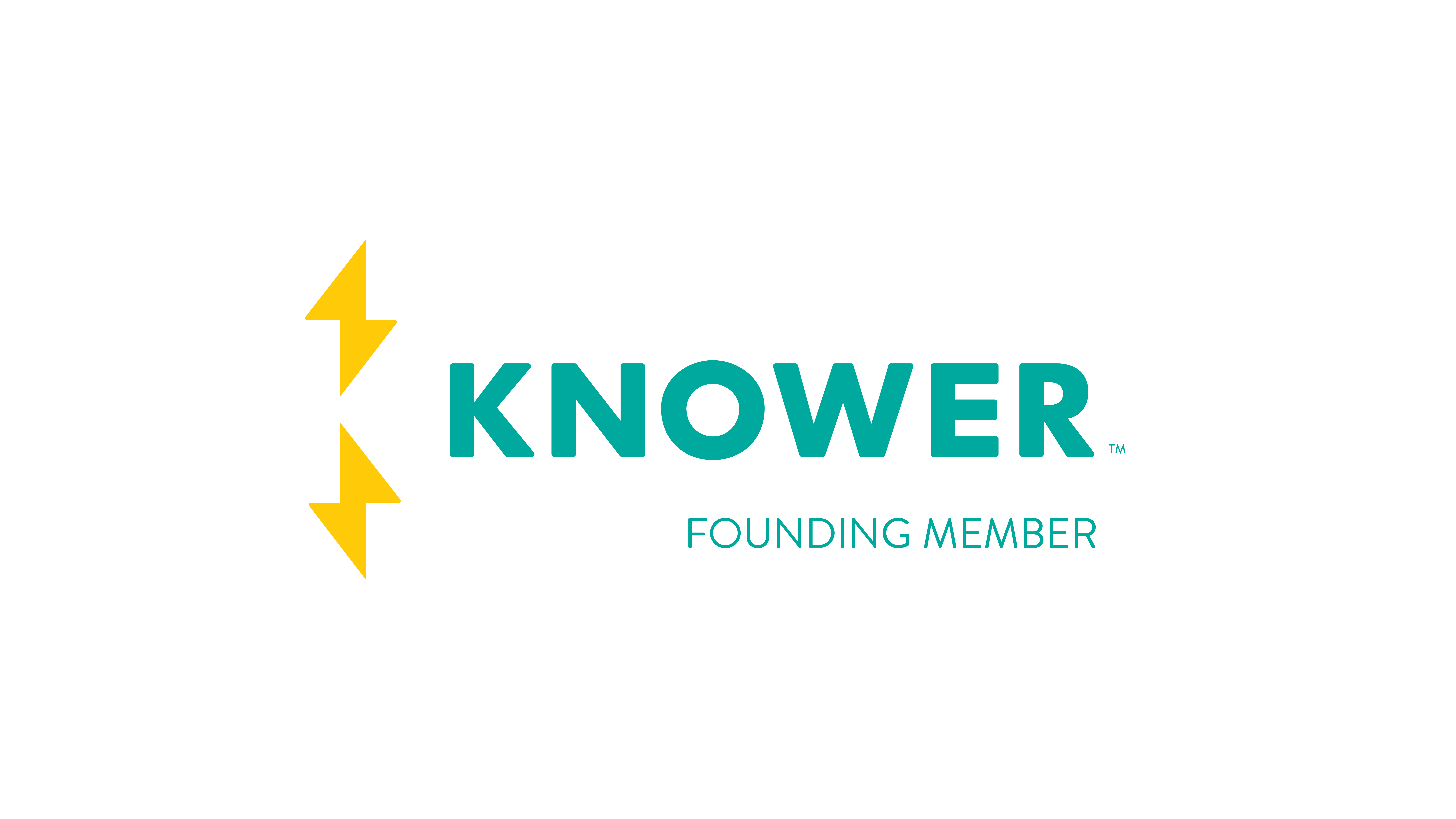To prevent workplace accidents and injuries, safety must be the top priority for those in the material handling industry. While today’s overhead cranes make material handling look effortless, every lift is the result of a complex process involving best practices for the crane, its safe operation, and the operator.
In this post, we’ll discuss the best material handling practices for overhead cranes to minimize the potential safety risk for workers. These practices should be adjusted to include specific weather conditions or load types as necessary, since every physical location and lift environment is different.
Overhead Crane Maintenance
Proper maintenance is paramount for the safe and effective operation of any overhead crane. Regular servicing will keep maintenance and repairs costs to a minimum, while extending the lifespan of your crane.
Every crane, and its supplemental components should be visually inspected before each use for signs of excessive wear and tear including the:
- Motors
- Festoon cables
- Trolley assembly
- Hook assembly
- Cables
- Pendant controls
Regularly test the crane elements to ensure that all acceleration and braking systems, and their components are functioning properly. Never operate a crane with non-functioning limit switches.
Next, check the crane hook for any obstruction between it and the end of the runway travel. And always respect the assigned load and lift capacities assigned by the crane manufacturer.
Operator Training and Experience
With the crane inspection and testing complete, the next critical factor is the crane operator. Material handling is inherently dangerous, which makes understanding the lift environment and safe loading practices essential for worker safety and job-site efficiency.
Most jurisdictions require operators to meet certain training, certifications, or qualifications to legally operate a crane. Before any lift, the operator should:
- Check that the ground is suitable for the combined weight of the crane and anticipated loads.
- Verify the loads are within the safe operating range of the crane.
- Make sure all slings, hooks, hardware, etc. are appropriate for the load, are in good working order, and that all angles for the slings are appropriate.
- Make sure that any loose materials like blocking and packing are removed before lifting the load.
- Remove any slack from the sling or cables before lifting.
- Ensure the lifting device is fully seated into the hook saddle.
Moving and Hoisting Loads
- Smoothly move the crane controls to avoid abrupt movements (swinging) to the load.
- Use only agreed to signals for clear and effective communication.
- Utilize a bell, horn, or siren to ensure that the lift area is clear before slowly starting the hoist.
- Lift the load a small amount to verify the braking system works before proceeding with the full lift.
- Always set the load down on blocking material.
- Do not lower the load to a level with less than two full wire wraps around the drum.
- In the event of a power failure, move all controls to the off position, and remain clear of the load or in the cab until help arrives.
- Never lift a load from the side. Instead, center the crane directly over the load to minimize swinging.
- Do not allow anyone to ride on the hook or load.
- Never leave slings hanging from the load hook.
- Do not raise loads higher than necessary to clear objects or equipment.
- Never move or pass a load over workers.
- Do not walk on the crane runway.
- Never leave a suspended load unattended.
Before leaving the crane:
- Remove any load on the crane hooks.
- Raise all hooks to a mid-rise position.
- Return the crane to the designated start location.
- Switch all controls to off before closing the main switch.
That completes our list of the best material handling practices for overhead cranes and lifts. Please note that specialized materials such as chemicals, molten metals, or radioactive materials will have additional safe handling requirements in addition to the practices outlined above.
You can learn more about crane operator certifications by visiting the National Commission for the Certification of Crane Operators.
Should you still have any questions regarding material handling practices for your crane, or physical location, you can Email the Hi-Speed Team here, or call us direct at: 1-800-713-0103.

